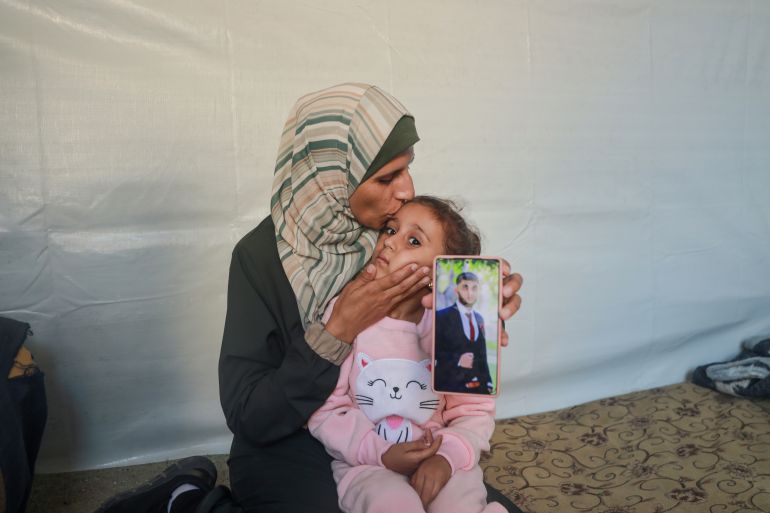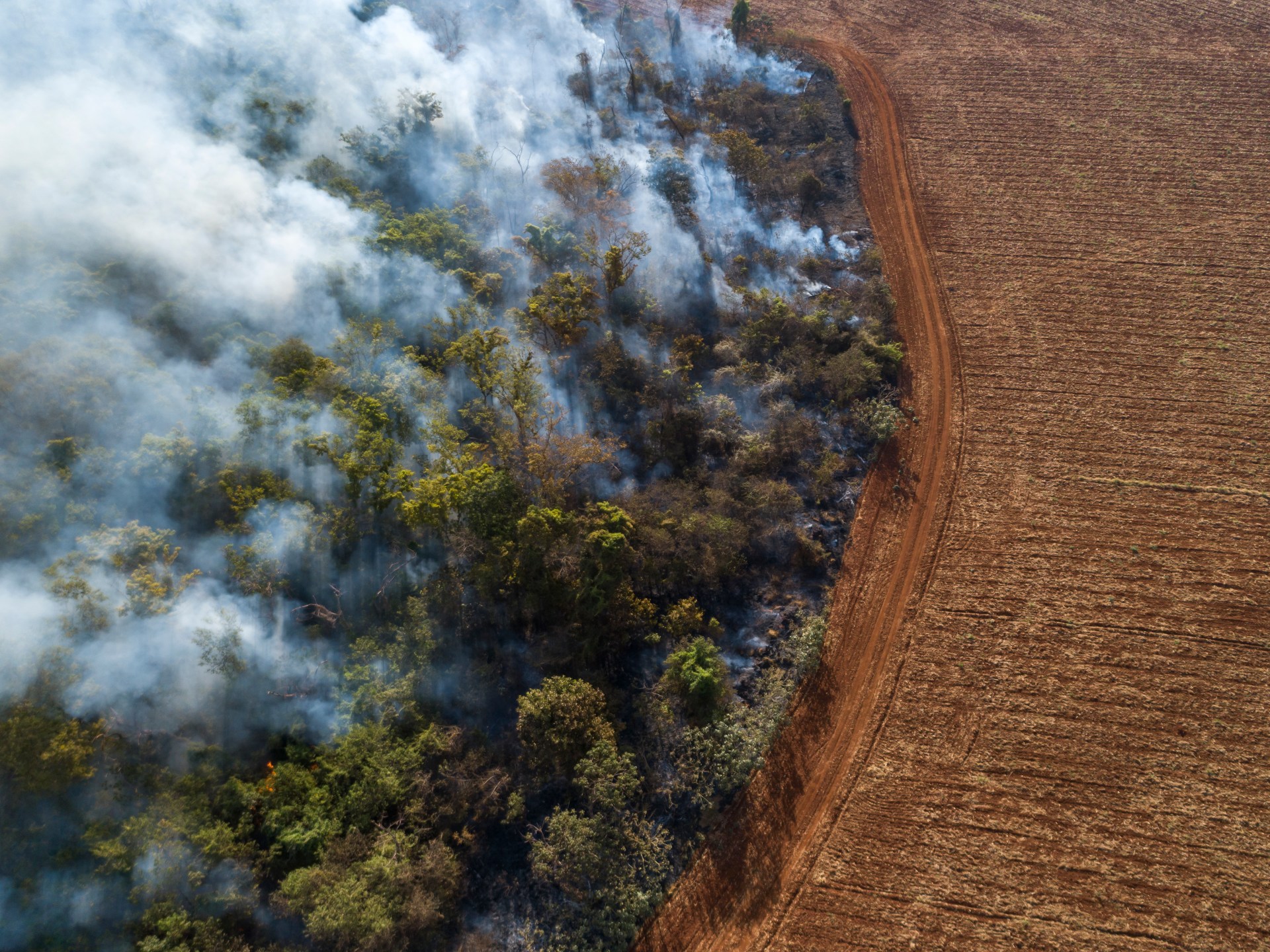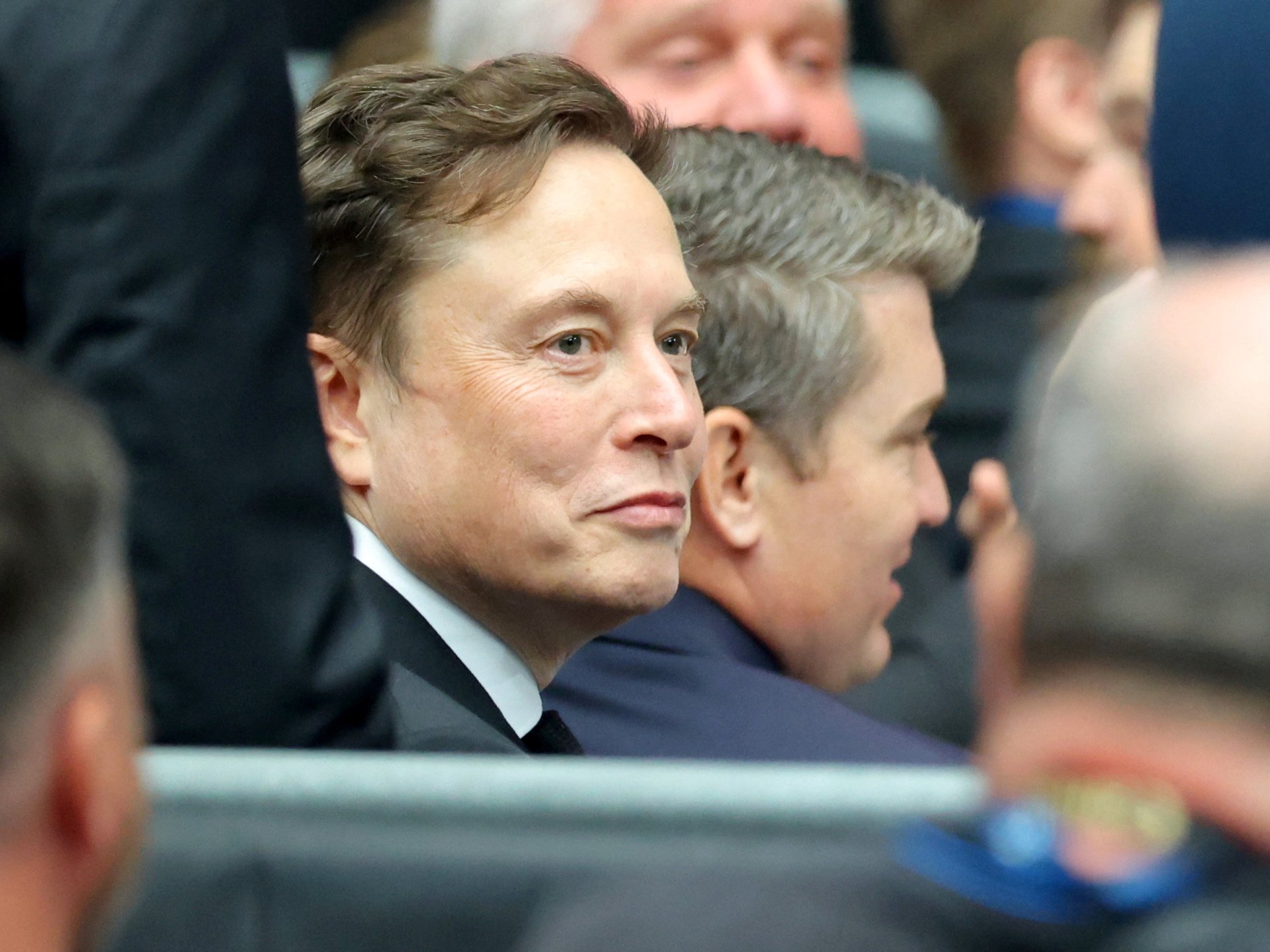Since 2007, Marcelo Salazar has been living in the place that is the king of deforestation in Brazil: Altamira, in the state of Para. About the size of Florida, the Amazonian municipality was the fastest deforester in the country for several years in a row.
Drivers of deforestation there range from land grabbing, cattle ranching, mining and hydroelectric dams to large infrastructure projects. Since August, Salazar, an activist and sustainable entrepreneur, however, has had a new headache: soya.
Recommended Stories
list of 4 itemsend of list
“Soya is approaching our region”, says Salazar. “This isn’t a common area for soya, but it is rapidly pushing north from the state of Mato Grosso, one of the biggest soya producers in Brazil.”
One of the reasons behind this expansion is an attempt to suspend the soya moratorium, a voluntary agreement between soya trading companies, NGOs and Brazilian government agencies, that was established in 2006.
Under it, soya traders have agreed not to buy soya from land that has been deforested after 2008. An entire monitoring apparatus has been put in place to check where soya is coming from, and where deforestation has taken place, using techniques like satellite imagery.
At the end of August, however, the Brazilian competition regulator CADE decided to open an investigation into the soya moratorium, suggesting it might be a company cartel. In expectation of the results, the moratorium was suspended. A judge, in turn, lifted that suspension.
CADE then agreed to delay the suspension. But on November 6, right as the COP30 is starting, Brazilian Supreme Court Justice Flavio Dino suspended the investigation of CADE, at least until the Supreme Court makes a decision on the case, which is scheduled between November 14 and 25.
Still, the moratorium remains in a strange limbo that is already causing effects on the ground in Altamira.
“Soya doesn’t deforest directly”, says Salazar. “Investors buy land that was deforested by others, such as cattle ranchers. The sellers then go to the land behind it and start over. So far, direct deforestation doesn’t happen often, but even legal soya cultivation increases land prices and drives a destructive cycle. Just last week, I attended a meeting in Altamira by soya investors, where they cheered on the suspension of the moratorium.”
The attempted suspension is happening at a contentious time for Brazil. In November, the COP30, the UN Climate Change Conference, is taking place in Belem, Brazil, in the Amazon, about 500 kilometres (310 miles) from the city of Altamira. Concurrently, Brazil has experienced trade tensions with the US, and is in the process of approving a trade deal between Mercosur – a South American trade bloc composed of Brazil, Argentina, Uruguay, Paraguay and Bolivia – and the European Union.
“The consequences of a suspension would be really serious”, says Mauricio Voivodic, executive director of WWF Brazil, a Brazilian NGO that’s part of the global World Wide Fund for Nature network. “If the moratorium were to be banned, soya would spread across the Amazon at lightning speed.”
Valuable deforestation
According to Holly Gibbs, a professor at the University of Wisconsin-Madison, where she leads the Global Land Use and Environment Lab, the moratorium has been instrumental for environmental preservation. Gibbs was one of the authors of a 2020 study in Nature Food, which noted deep reductions in deforestation because of the soya moratorium.
“The moratorium is one of the only measures that actually slowed down Amazon deforestation in a measurable way”, she says. “It hasn’t halted all deforestation. But it reduced the value of it.”
Soya is the highest value use of land in the Amazon. The economic value per square hectare of soya farming is much higher than, for example, cattle rearing.
“This is why it historically drove deforestation”, says Gibbs. “Someone might clear land, and then hope a soy farmer would come in and pay top dollar for it. Soy made deforestation very valuable in the Amazon. The soy moratorium flips that logic on its head.”
Most deforestation today happens because of cattle farming, which has lower economic benefits than soya. “Before the moratorium, about 30 percent of soy came from recently deforested land”, says Gibbs. “Today, less than 1 percent of soy comes from recently deforested land. The moratorium caused a rapid drop.”
According to critics of the moratorium, the system, however, represents an extra layer of bureaucracy for farmers. Deforestation is already regulated and mostly banned in the Amazon under Brazilian law. The moratorium, according to them, causes a confusing double set of rules.
In a statement, the soya producer’s association Aprosoja Mato Grosso, one of the most notorious opponents of the moratorium, noted that the private agreement doesn’t have legal backing and harms small and medium-sized farmers. Aprosoja Mato Grosso didn’t respond to a request for comment.
According to proponents, however, Brazilian law isn’t enough to actually protect the Amazon. Even though deforestation is technically illegal in the area, it still often happens without consequences for those doing the cutting.
“The Brazilian law is very good, but controls are lacking”, says Salazar. “The Brazilian government agencies responsible don’t have the means to go into the countryside and apply fines, and make sure they are paid. We need the market to help.”
Mercosur
The attempted suspension of the moratorium happens at a striking time internationally. United States President Donald Trump hit Brazil with trade restrictions after it convicted ex-President Jair Bolsonaro of an attempted coup. Also, the EU is currently approving a trade deal with Mercosur. The deal is controversial because of, among other things, environmental concerns.
It is, for example, doubtful that markets like the EU would want to buy soya coming from deforested land, even if the moratorium were to be banned. The EU is also introducing a new EU Deforestation Regulation (EUDR), which will halt imports of commodities such as soya if they hail from deforested areas. However, that doesn’t mean that the moratorium would be unnecessary.
“The EUDR bans certain commodities produced in areas deforested after 2020”, says Rafaella Ferraz Ziegert, a PhD researcher at the German University of Freiburg. “That clashes with the cut-off date of the moratorium, which is 2008. That inconsistency would open up a chunk of land the size of Ireland to soya production, granting a de facto amnesty to producers previously constrained by the moratorium.”
The push to end the moratorium might also, however, be a representation of the confusing arena of Brazilian politics.
Even though President Lula da Silva has publicly proclaimed he wants to stop deforestation, he still needs to ally himself with traditional elites more sceptical of environmental protection. The far-right movement that brought ex-president Bolsonaro to power is also still popular in the country, and might see an end to the soya moratorium as a victory against the Lula government.
“The Brazilian federal government doesn’t hold one position”, says Voivodic of WWF Brazil. “Lula had to create a coalition with varying interests. The Environmental Ministry is in favour of the moratorium. The Agricultural Ministry, however, is against it. The Finance Ministry, in turn, is concerned about the effects on trade. Lula, in the meantime, hasn’t made a statement yet. The Brazilian government isn’t homogeneous at all.”
The attempted suspension of the moratorium will also likely embarrass the Lula government during the COP30. “The whole narrative of Brazil being a champion of the climate may be affected”, says Voivodic. “Those outside of Brazil will see how the discourse of the government differs from the destruction of the Amazon happening on the ground.”
Wrong direction
Sectors of Brazilian agri-business have been resisting measures like the soya moratorium for decades. This attempted suspension is just the last battle in a decades-long push-and-shove between them and environmental movements.
“It is hard to say why exactly the attempt to suspend happened now”, says the German university researcher Ferraz Ziegert. “This has been a long-term process. Since the beginning of the 2000s, there has been opposition to the soy moratorium. Little by little, they have been trying to find a space for this to happen, riding on conservative political waves.”
A parallel push against the soya moratorium has been happening in the Brazilian state of Mato Grosso. Its governor, Mauro Mendes, has decreed that every trader who follows the soya moratorium will lose access to tax incentives. Aprosoja Mato Grosso is also launching court cases against traders, demanding they compensate farmers for alleged losses incurred from the moratorium.
“If those measures really succeed, I don’t know what the future will hold for the soy moratorium”, says Ziegert. “It would mean that the trading companies would lose money, which might cause the private sector to waver in their support.”
Opponents, of course, cannot force traders to buy from deforested land, with or without the moratorium. If the moratorium were to be banned, it would mean that the responsibility for not buying soya from deforested lands in the Amazon would fall on individual companies, making it harder to maintain sustainability commitments.
“The beauty of the moratorium is that it is a sectoral agreement with checks and balances”, says Ferraz Ziegert. “Real change on the ground happens when the entire sector agrees, rather than stand-alone voluntary company commitments.”
Back in Altamira, Salazar is worried about a possible ban on the moratorium. Not just because it would speed up deforestation, but also because it represents a step backwards.


















